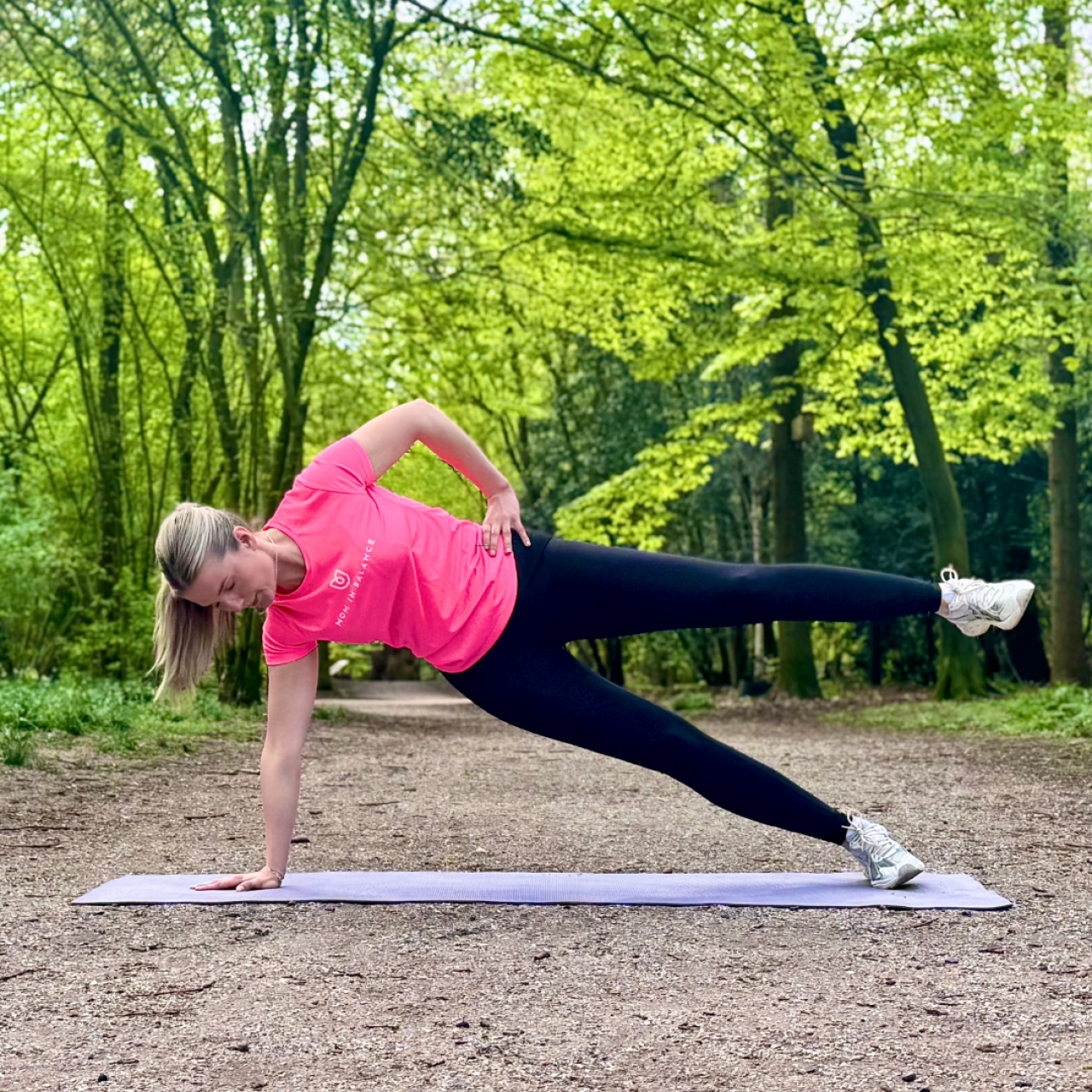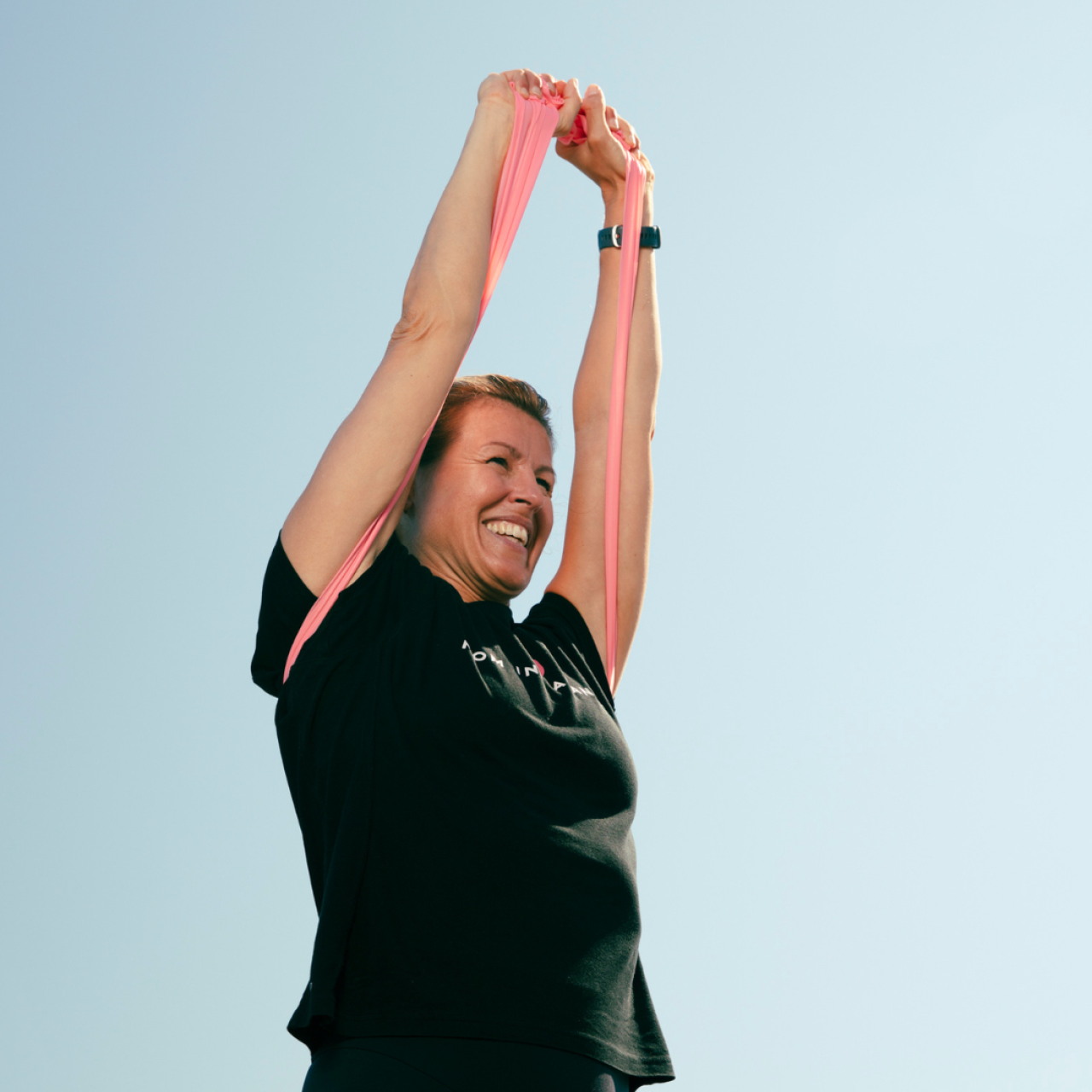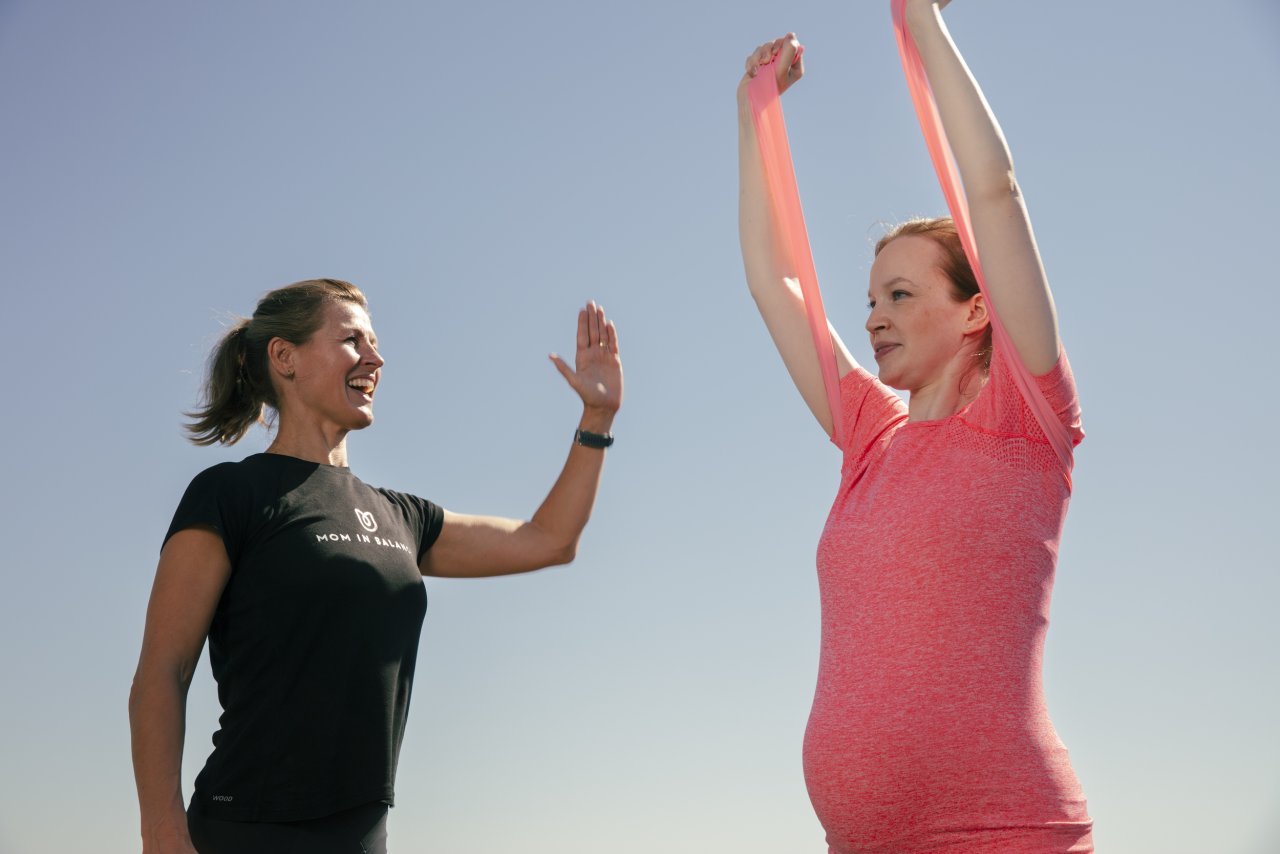
If you are experiencing pelvic complaints or fatigue, it is better to take it a bit easier. In any case, it is wise to exercise under professional guidance, so you know exactly what to do and what not to do. Next to this, discuss your exercise plans with your midwife or gynaecologist, before you get started.


